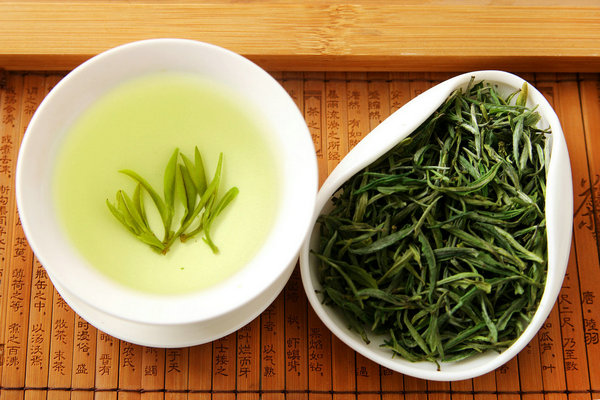 |
|
Green tea [Photo provided to China Daily] |
That was between the First Opium War (1839-1842) and the Second Opium War (1856-60), caused by the East India Company's introduction of opium to China, as an attempt to make up for the trade deficit caused by huge tea import from China.
Tea was not widely consumed in Britain until the 18th century. The price of tea in Europe fell steadily during the 19th century, especially after Indian tea began to arrive in large quantities, as the British attempt to establish a tea industry in India paid off. Residents of the UK and in the West formed the habit of drinking black tea with sugar and milk.
Although China's green tea production and exportation is the highest in the world, its tea export still ranks lower than that of Kenya and Sri Lanka. Tea exports have been difficult, both because of the growing high cost of making tea and strict safety standards in other countries.
At the same time, Chinese still mainly consume green teas. In 2015, green tea took up 53 percent of China's market share, shows data from the China Tea Marketing Association. Black tea sales were estimated to account for 9 percent, ranking third, after oolong, which took up 12 percent of market sales.
Black tea consumption has been rising in China in the past year. People consider black tea healthy, because it is warming to the stomach and is believed to lower blood sugar and blood fat.
Contact the writer at yejun@chinadaily.com.cn
The author is a senior lifestyle editor with China Daily.
|
|
|
|
|
|
|
|
